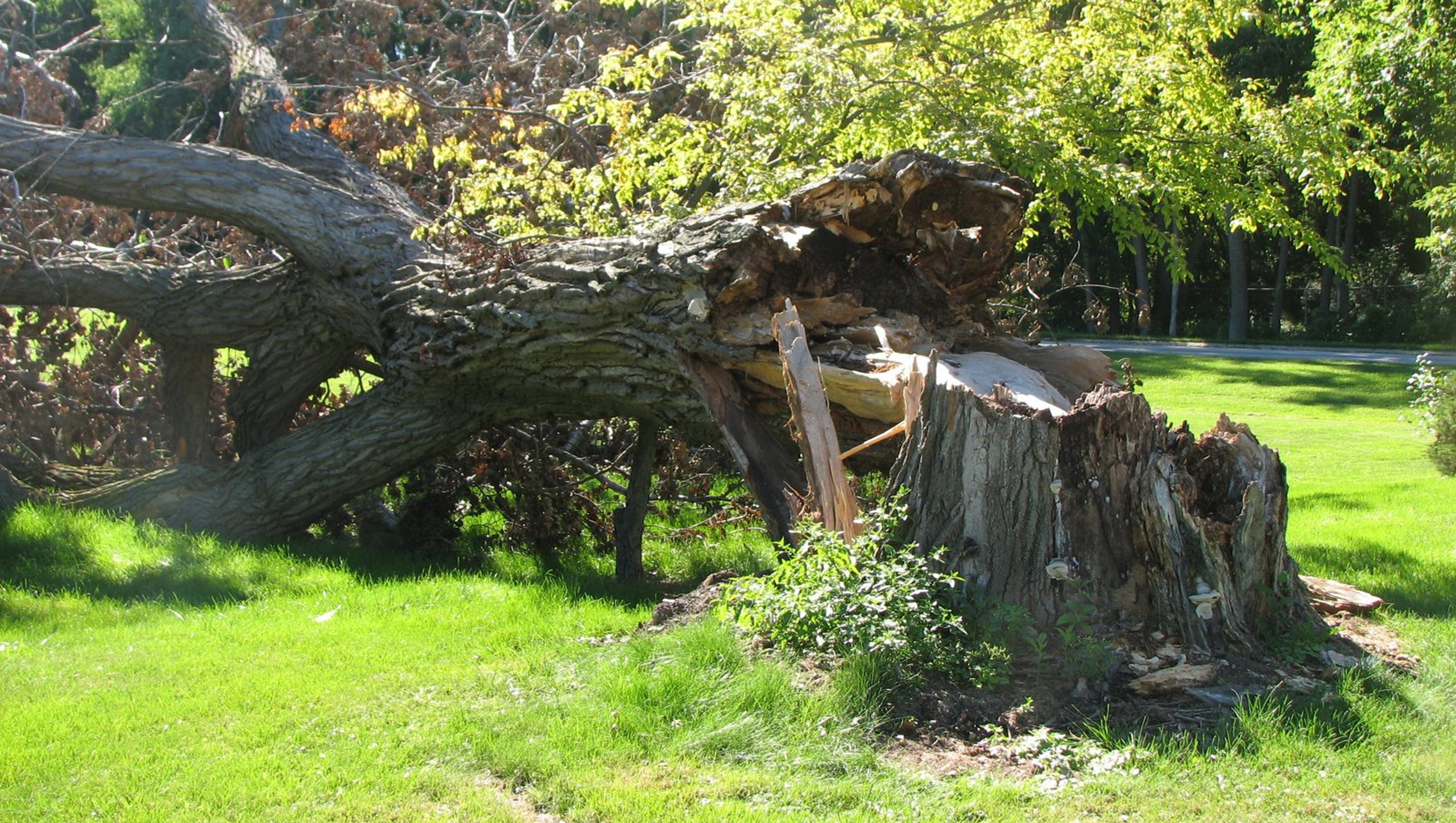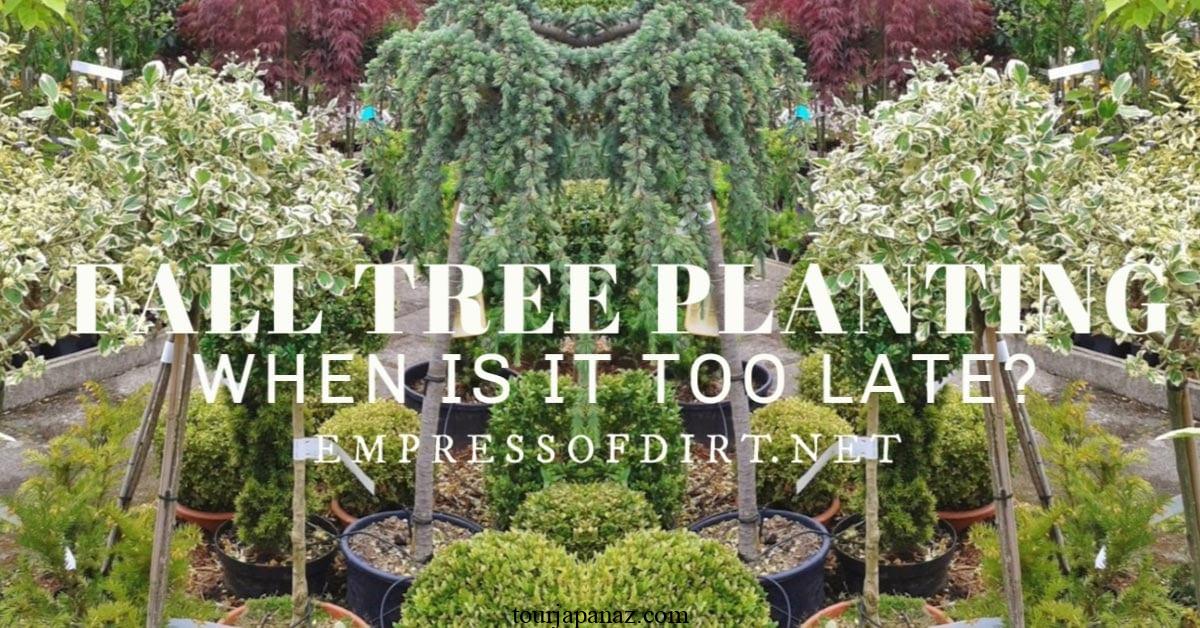Why It’s Better to Plant Trees in Fall (Here’s How)
When it comes to planting trees, timing is everything. While many may assume that spring is the optimal season for this endeavor, a closer look reveals that fall might actually be the superior choice. In this comprehensive guide, we’ll delve into the myriad benefits of planting trees in the autumn months, as well as provide you with step-by-step instructions on how to do it effectively.
The Advantages of Fall Planting

1. Establishment Period Advantage
One of the primary advantages of planting trees in the fall is the extended establishment period they enjoy before the harsh conditions of winter set in. During this time, the tree can focus on growing a robust root system, which is essential for its long-term health and stability. The cooler temperatures and abundant moisture in the soil create an ideal environment for root development, setting the stage for a thriving tree come spring.
2. Reduced Transplant Shock
Transplant shock, a common concern when moving a tree from a nursery container to the ground, is significantly reduced when planting in the fall. The tree experiences less stress due to milder weather conditions, allowing it to acclimate more smoothly to its new environment. This means less wilting, fewer dropped leaves, and a quicker transition to healthy growth.
3. Less Watering Maintenance
Fall’s cooler temperatures mean less evaporation, which translates to reduced watering requirements. Newly planted trees can tap into the ample moisture available in the soil without the risk of overwatering. This not only saves time and effort for the gardener but also promotes a more sustainable and water-efficient approach to tree planting.
How to Plant Trees in Fall: A Step-by-Step Guide

Step 1: Selecting the Right Tree
Before you start digging, it’s crucial to choose a tree species that is well-suited to your specific climate, soil type, and available space. Consider factors like growth rate, mature size, and compatibility with neighboring plants.
Step 2: Preparing the Site
Clear the planting area of any weeds, rocks, or debris that may impede root growth. Dig a hole that is two to three times wider than the tree’s root ball and just as deep. Loosen the soil at the bottom to encourage downward root growth.
Step 3: Planting the Tree
Gently remove the tree from its container, being careful not to disturb the roots excessively. Place it in the center of the hole, ensuring that the top of the root ball is level with the surrounding soil. Backfill the hole with a mixture of native soil and organic matter, tamping it down gently to remove air pockets.
Step 4: Mulching and Watering
Apply a layer of mulch around the base of the tree, extending it out to the drip line. This helps retain moisture, regulate soil temperature, and suppress weeds. Water the tree thoroughly, allowing the soil to settle around the roots.
Frequently Asked Questions (FAQ)

Q1: Is fall planting suitable for all tree species?
A1: While fall planting is generally advantageous, some tree species may have specific preferences for planting times. It’s advisable to consult with a local arborist or nursery expert for guidance on the best time to plant a particular species in your area.
Q2: Can I plant trees in late fall, close to the first frost?
A2: Planting trees in late fall is still feasible, but it’s important to do so at least four to six weeks before the first hard frost. This gives the tree sufficient time to establish its root system before winter sets in.
Q3: Should I fertilize newly planted trees in the fall?
A3: It’s generally recommended to avoid fertilizing newly planted trees in the fall. Fertilizers can stimulate new growth, which may be susceptible to winter damage. Wait until the following spring to begin a fertilization regimen.
tag
- chicken feed
- how to Keep Chickens Off Your Porch
- How to grow oyster mushrooms at home
- Growing Kale in Pots

No Responses